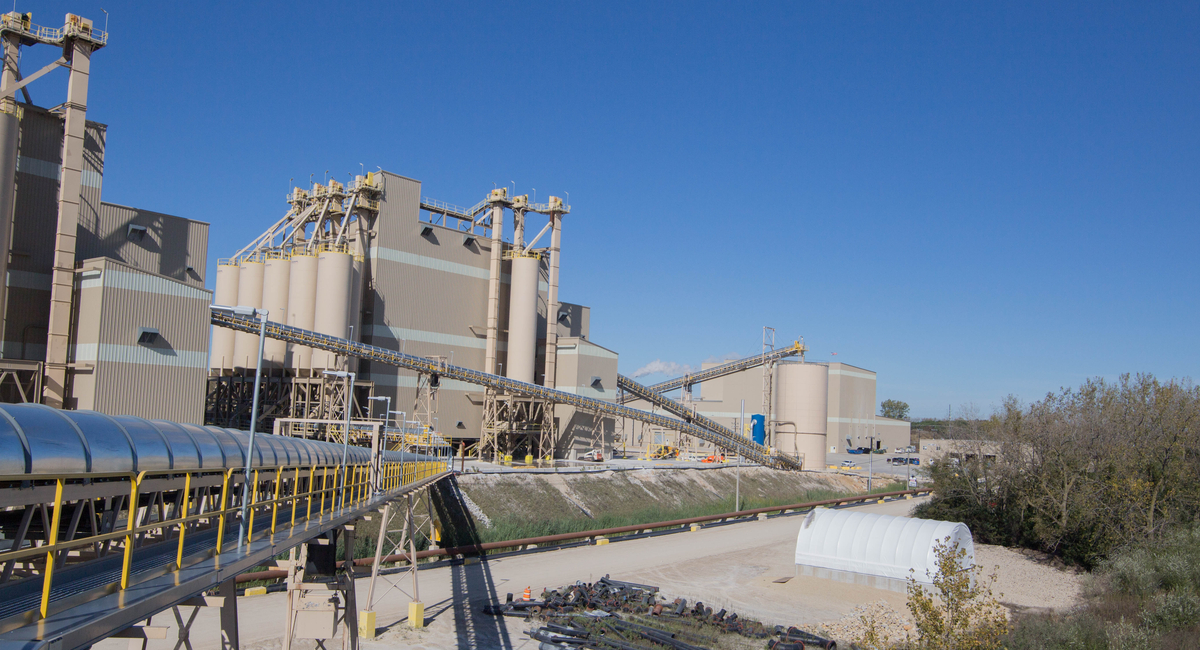The Payoffs of a Facilities Predictive Maintenance Plan
Repair now or replace later
Repair now or replace later

Because they operate as small cities, infrastructure can comprise a large percentage of an industrial sites’ budget. When systems are installed, they are functioning at peak performance. Over time, however, performance naturally degrades.
As this happens, you have two choices:
1. Let performance slowly deteriorate until the system requires full replacement/restoration
2. Invest smaller amounts of money over time to maintain high-performance levels for as long as possible.
Pay now or pay later: You can spend pennies on the dollar today for preventive maintenance, or spend much, much more for a new system down the road.
How Facilities Predictive Maintenance Plans Work
A facilities predictive maintenance plan can help industrial sites make smart infrastructure investments at the right times to get as much operating life as possible out of each system. To develop a facilities predictive maintenance plan, the existing industrial infrastructure is assessed, and a roadmap for each system is created to: